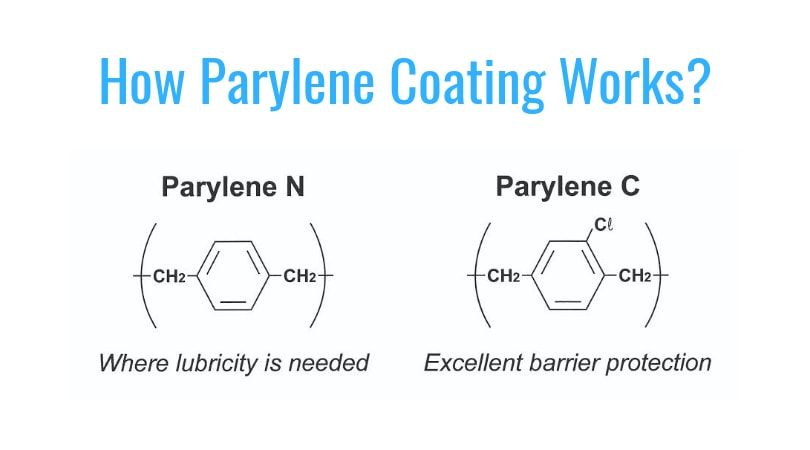Science
How Parylene Coating Works?

Parylene Coating is used in challenging industrial applications such as electronics, medical technology, and aerospace because of its conformal unique properties. It is a polymer series that was identified in the 1940s and further developed by a research chemist named William Gorham. It has various uses, including electrical, chemical, moisture, and mechanical insulation.
How Does It Work?
The use of Parleyene ensures that lubricity is enhanced such that there is surface consolidation to prevent flaking or dusting. The coating seals surfaces, making them resistant to moisture and chemicals that can corrode these surfaces. It contributes minimal mass to these coated surfaces and does not have properties that can damage delicate components. Its tensile strength is exceptional, making it suitable for protecting many substrates such as glass, ceramics, metals, plastics, and elastomers.
How Is It applied?
There are various applications of Parylene film. They include:
- Seals
- Silicone keypads
- Magnets
- Automated controls
- Molded components
- Coil forms
- Delicate sensors
- Connectors
- Ferrite components
- Electronic Circuit Assemblies
A VSi equipment coating service allows for the manufacturer’s independence as they do not need to outsource the coating technology. Training on how to use the equipment is provided, and the coating processes can be done in-house, such that the company gets to control most of its production processes, reducing production costs. VSi coating equipment can be custom made to meet factory site needs.
The Types of Parylene Coating
The following are the various variants of Parleyene:
Parylene N: It is a common coating used for many industrial processes. It is useful in applications of high frequency and has unique vacuum stability.
Parylene C: This coating is highly resistant and good for use in extreme environments as it can protect a surface for up to ten years. It provides low permeability to moisture, chemicals, and corrosive gases.
Parylene D: This coat has the highest temperature tolerance. It protects in high oxygen environments at boiling point. It is great for changes in frequency.
The Various Uses of Parylene Coating
Due to its non-liquid nature, resistant properties, versatility, and chemical inertness, Parylene coats can be used for the following:
Its non-liquid nature makes it ideal for use on electronic surfaces that tend to be delicate. It can also fit in small crevices without causing any damage.
Parylene coating is suitable for circuit board usage due to its various properties such as conformity and resistance to deterioration.
The coating is versatile and can be used on various electronic surfaces. This includes other surfaces such as glass, ceramics, metal, plastic, and paper.
It is highly resistant to chemical attacks and thermal damage. Thermal resistance makes it suitable for manufacturing glass.
It can be used in manufacturing medically implantable devices like pacemakers as it is chemically inert. Due to its properties, the devices can be maintained in the body for longer.
It can be used in the manufacture of rubbers and plastics due to its versatile or flexible nature.
Parylene coating has been used in various mechanical industrial processes due to its high tenacity. Most companies prefer to outsource the coating processes, but it can also be cost saving for a manufacturing plant to get the processes completed in house.


You must be logged in to post a commentLogin